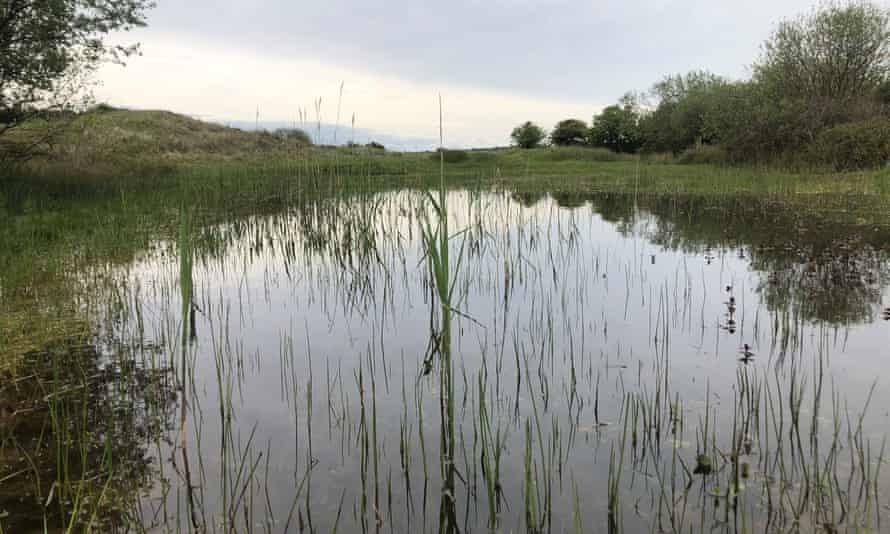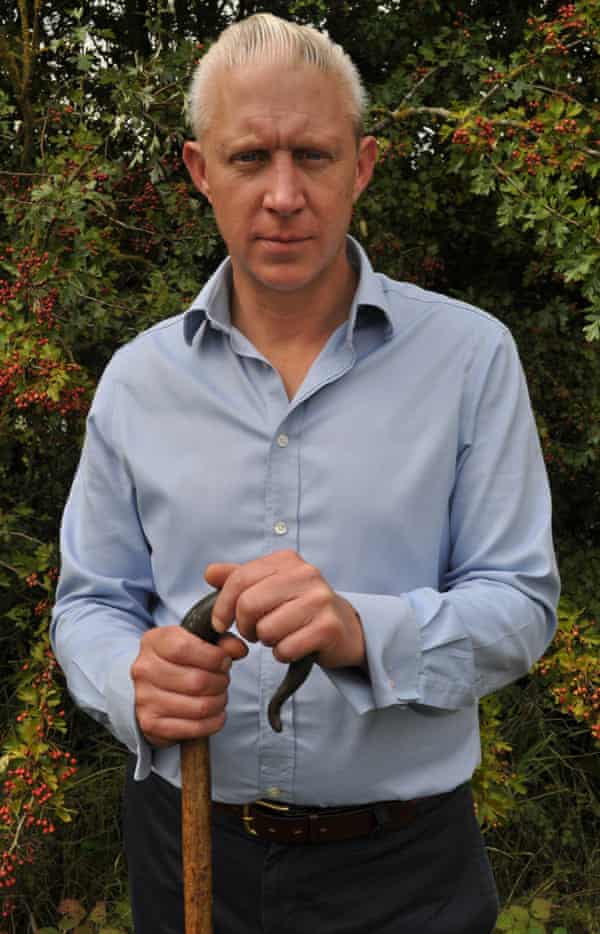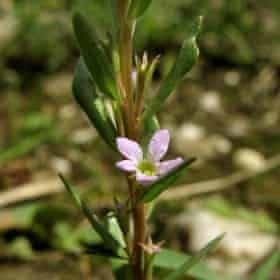Norfolk’s rediscovered ‘ghost ponds’ offer up trove of long-lost plants
Rewilding projects reveal rare species preserved in buried ancient wetlands

The fertile land of Norfolk is home to a host of stately homes, rare wildlife and more ponds than any other county. Now, estates in the area are trying to hunt down ancient “ghost ponds” in the hopes of reviving centuries-old seeds and discovering long-lost plants.
Botanists believe that this will lead to new plant discoveries; seeds can survive for centuries under layers of leaves and mud so once they are given water and exposed to sunlight the plants will grow. Already, six plants of the endangered wetland flower grass-poly have been found at the edge of an old cattle-watering pond on the Heydon estate in north Norfolk. The species had not been seen in the county since the early 1900s.

Recent research by University College London shows that Norfolk lost around 8,000 ponds after the 1950s, and there are an estimated 23,000 at present.
Not only are these ghost ponds revealing lost plants, it is also quicker and easier to restore an old pond than to create a new one, as the biodiversity quickly returns to rediscovered watering holes.
Jake Fiennes is the estate manager at Holkham Hall, which is owned by the Earl of Leicester. He has committed to nature-friendly farming, boosting numbers of wading birds and restoring wetlands across the 25,000-acre estate.
Fiennes has brought in experts to study the plants in his newly flooded wetlands to see if there is anything of note, and is eagerly scrutinising old maps to find the ghost ponds on the estate. “We are going through a process, trying to find the maps, where you can identify where these ghost ponds are,” he said.
“There are a few pockets [at Holkham] where you have natural springs, and it’s trying to see where in the past those areas were drained and filled in, and then how we can recreate some of these natural features that we’ve lost,” he said.
He is hoping that rare plants will be revived at Holkham, explaining: “The resilience of aquatic seed banks is phenomenal. Given the right conditions, these seeds that have been underground for decades can germinate. That’s very exciting.”
He has been convincing other farmers to revive old ponds, arguing that they add value to land. “There’s some great examples of ponds that have dried up or have become shaded by tree growth because they were considered as a hindrance as opposed to an asset,” he said. “At first, it looks like a lot of black sludge and within a year, you have nature, rare plants, plants potentially that haven’t been there for decades. Amphibians start to move in, dragonflies. So it’s one of the most pleasurable places.”
Prince Charles has also committed to restoring nature at , and the estate has taken part in a series of initiatives with Natural England and with its neighbours at the Wild Ken Hill estate.

“Sandringham Estate is always looking for opportunities to engage with local conservation efforts, and would welcome the chance to find out more about the Norfolk Pond Project,” a spokesperson said.
Wild Ken Hill is busy recreating its lost ponds using historical Ordnance Survey maps to find the tell-tale circles of blue.
Dominic Buscall, the project manager, said: “These ponds are already developing into wonderful oases for wildlife. We’re hugely supportive of the Norfolk Pond Project.”
Down the road, the National Trust is hunting for ancient ponds at the Felbrigg Estate, a 17th-century manor. It has found six lost ponds which were marked out by wet depressions and crop marks in the fields.
It is hoped these will attract aquatic wildlife as well as revealing long-lost wetland plants.
“We expect these ponds to establish much quicker than the new ponds we are creating,” a spokesperson said.
“Ponds are vital parts of the waterscape providing aquatic habitats between rivers and lakes. By restoring and creating more ponds through the rural landscape we are able to create links between habitats, becoming more ‘joined up’.”